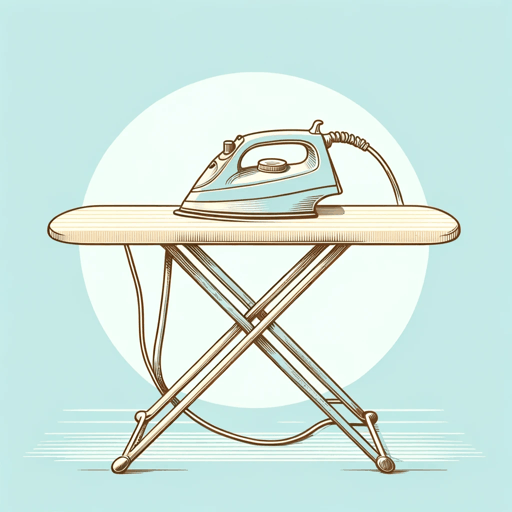26 pages • 52 minutes read
Tillie OlsenI Stand Here Ironing
Fiction | Short Story | Adult | Published in 1961A modern alternative to SparkNotes and CliffsNotes, SuperSummary offers high-quality Study Guides with detailed chapter summaries and analysis of major themes, characters, and more.
Symbols & Motifs
The Iron
The iron symbolizes the impossible pressures women face. As a domestic task, ironing is closely associated with female gender roles, and from the start, the story couches it in negative emotions; the narrator describes the inquiry about her daughter as “mov[ing] tormented back and forth with the iron” (749), linking the task to The Gendering of Guilt and The Competing Pressures of Motherhood. This association is not surprising, given the nature of ironing. It is a repetitive and monotonous chore that is undone the moment someone puts the ironed clothes on. It therefore evokes both the drudgery of domestic work and the impossibility of completing it in a satisfying way.
Ironing features periodically throughout the rest of the story, both in the frame and in the narrator’s memories. Significantly, it is the closing image: The narrator wishes, “Only help her to know—help make it so there is cause for her to know—that she is more than this dress on the ironing board, helpless before the iron” (754). The symbolism here is multilayered, suggesting frustration both with the emphasis on women’s appearances and with the stifling nature of women’s housework: The narrator does not want 







Related Titles
By Tillie Olsen

